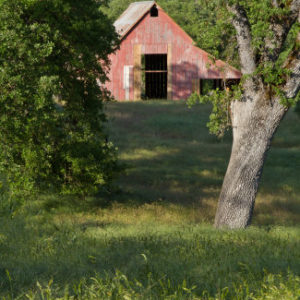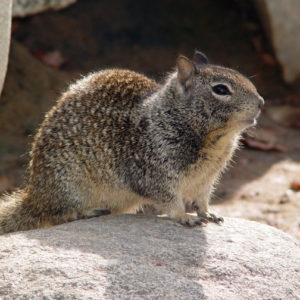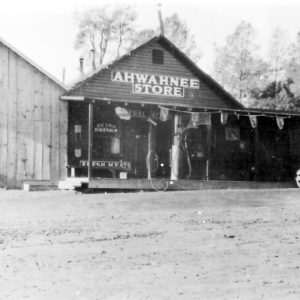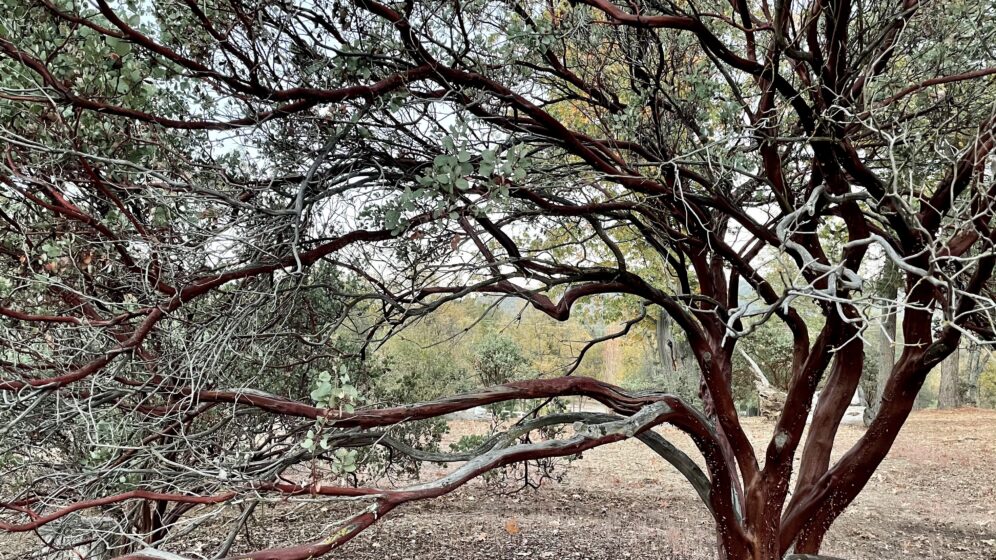Our little town of Ahwahnee & its rich history
Ahwahnee is a small town that consists of a 400 acre park, a post office, a fire station, an elementary school, a gas station & several small family businesses. Below are some details of those businesses and the history of the original stage coach route into Yosemite that established our small town.
Hitching Post Bar & Grill : Family friendly restaurant & bar. Great food & people. 2 miles from the lodge towards Oakhurst. 42592 CA-49, Ahwahnee, CA 93601 (559) 683-7917
Ahwahnee Quickmart : Gas station, liquor & convenience store, 2 miles from the lodge towards Oakhurst 42566 CA-49, Ahwahnee, CA 93601 (559) 683-4332
Ahwahee Post Office: 44878 Notre Dame Ln, Ahwahnee, CA 93601 – (559) 683-4611
Ahwahnee Fire Station: Year round CDF Station – 43033 CA-49, Ahwahnee, CA 93601 (559) 683-4844
The Ahwahnee Hills Regional Park
43469 CA-49, Ahwahnee, CA 93601
A 400-acre nature park in the community of Ahwahnee on Highway 49 in Madera County. It serves as a natural oak habitat resource for recreation and education for Madera County and the surrounding counties.
The park land is owned by Madera County, but the day-to-day operation, maintenance, and improvements are the responsibility of the Friends of Ahwahnee Hills Regional Park, a non-profit organization formed for this purpose. The Friends is an all-volunteer group that solicits your donation of time or money to help this park provide its many benefits to the public in the future.
Entrance to the park is free for individuals, but a fee is required to reserve space or conduct events. When staffing levels permit, the park will be open daily from 8:00 a.m. until dusk Wednesday through Sunday, with pedestrian access Mondays and Tuesdays via the Wasuma gate. A park host will be in residence or volunteer docents will be on duty at most times when the park is open to the public. Please note: Dogs must be kept leashed at all times
"A perfect location for lodging near Yosemite National Park"






History of the original stage route into Yosemite National Park
It has been said that there were as many as six different stage routes to Yosemite. One of them began at Berenda which at that time was quite a town. It was from here that the Yosemite Branch Railroad carried its passengers and freight over twentytwo miles of oak-studded land to Raymond. At Raymond the engine was run onto a turntable and thus turned around, by as few as two men.
While the passengers waited for their stage, they could sight see or partake of the food at Wildcat Junction, which was named for the type of meat it served. They then went to bed early if they were to be among the eight or eleven passengers headed for Summit House the next day. Summit House was merely a station at which the driver changed horses and the passengers stretched and dusted themselves off.
The next stop was the Gambetta Mines, or Grub Gulch as it was sometimes called, in the event of the shortage of stages. In the early days a coniderable amount of gold was mined in that area. No definite amount was stated, but it was said that it would keep two people from starving to death for thousands of years if they did not spend more than $5,000 a month. The regular stop was at the Ahwahnee Hotel, where the horses were changed and the travelers ate a bounteous lunch. As a matter of interest, this was run by William Sell’s father and later by Sell himself. About three or four miles out of Ahwahnee, the settlement of Nippinnawassee, is reached, an extra stop at a fork in the road. The northern fork went up through Grant’s Sulphur Springs,
where persons could enjoy hot mineral baths, and on over Chowchilla Mountain and into Wawona. The Yosemite road turned off in a northeasterly direction. off in a northeasternly fashion to Miami. At that time it was a station of the same status as Summit House. From Miami began the last leg of the dusty, dirty ride to Wawona. At Wawona lodging could be found at the famous Wawona Hotel, now the Hotel Wawona, and also a quite substantial meal. Bright and early the next morning the refreshed vacationers started off for Eight-Mile Station, and then on to either Chinquapin or Gross Creek from which they finished their journey into Yosemite Valley. So ends a smoothly run trip into a beautiful wonderland of nature.
But this is only the vacationer's viewpoint
Let us now look at it from the driver’s angle. In early spring as soon as it was safe for travel into the Yosemite Valley, the stock was moved from the Stage Ranch to the various stops along the route. The Stage Ranch was the winter headquarters for the horses and cattle of the company. It was located somewhere in the area of the present day Vina School. As business picked up, the drivers got into full swing. They not only drove stage and cared for their animals, hut they also had to contend with breakdowns and holdups. Each driver had his own team of horses, and he was the only person to drive them. It took approximately twentyfour horses to move one stage into Yosemite. The driver would move four horses from one station to the next, and on the return trip bring them back.
Along about July,: the business dropped off because most people could find no beauty in the mountains during this season of the year. Because of the slack in operations, a number of the stages were used for the freighting of hay and dry goods to the barns of the stations for the next year’s operation. Some of the more interesting happenings during the life of the stageline were the holdups along the route. It is generally believed that all but a couple of these holdups were done by the same person and at the same location. The bandit had a choice 10-1 cation just above Nlppinna-j wasee, from which he could | watch the progress of the ! stage. He would order it stopped just as it rounded the turn. After relieving the travelers of their valuables, he would then disappear into the surrounding hills. At one) time he took his own sweet j time about the holdup and delayed the progress of the next)
stage. The driver of this one surmised the delay was a bit of corruptness and suggested that his passengers hide their possessions if they did not wish them stolen. One individual safe – guarded $24,000 in payroll funds in placing them under the coach seat. The mystery of the robber’s escapes was a real baffler until a few years ago. The reason for this was that the posse would track the robber’s horse for a little way and then the tracks would
completely disappear. The answer was found after the fire of 1961, which swept through the area above Nippinnawasee. Uncovered were two blocks of wood with horseshoes nailed to them, which when strapped to the bandit’s served as a quite an adequate means of making tracks. One of the other holdups took place between Summit House and Grub Gulch. It is a common belief that this particular holdup was done by an individual with some knowledge of army operations in that area, for at the time of the holdup the cavalry arrived. The bandit calmly took his loot and left. The reason for the cavalry’s disinterest and lack of interference was the simple reason that their weapons were without ammunition—it was in the following wagon. The answer to this weird bit of circumstances stems from the fact that the army was on peacetime maneuvers and reasoned that there was no need for loaded firearms. These are just a few of the many historic events that occurred during the era of the stage coach in the California | Sierras. Although it was! short lived, the stage formed j a colorful, exciting part of California’s glorious history,

